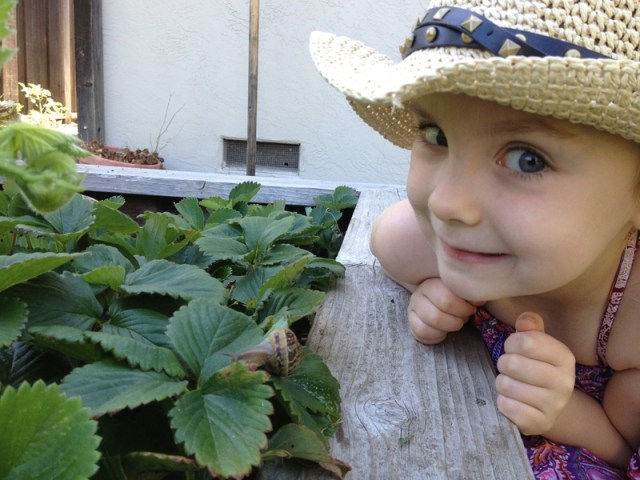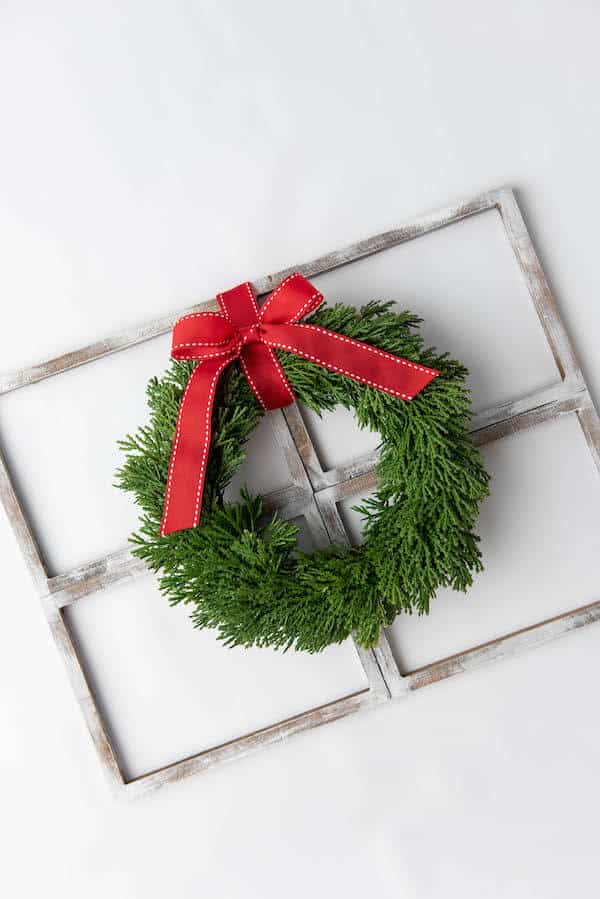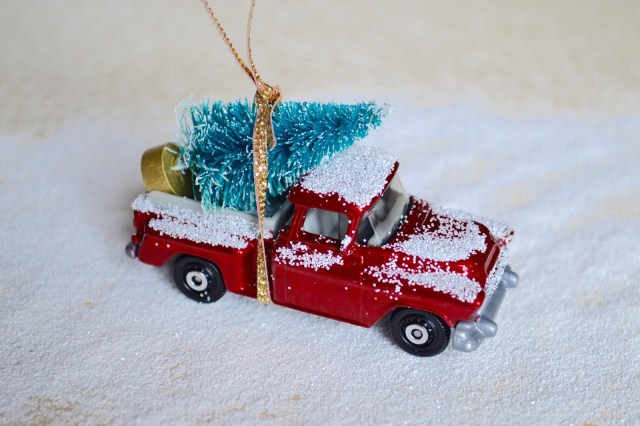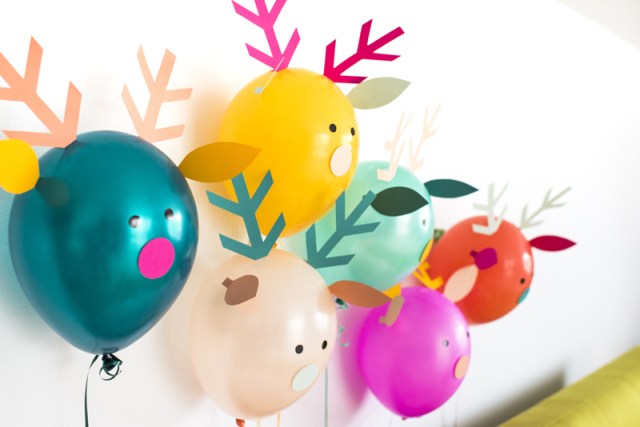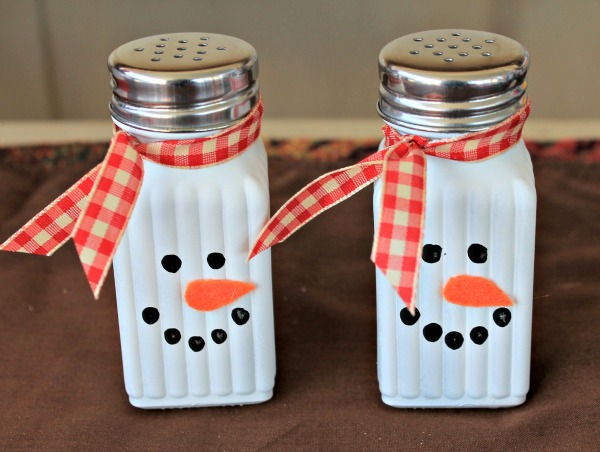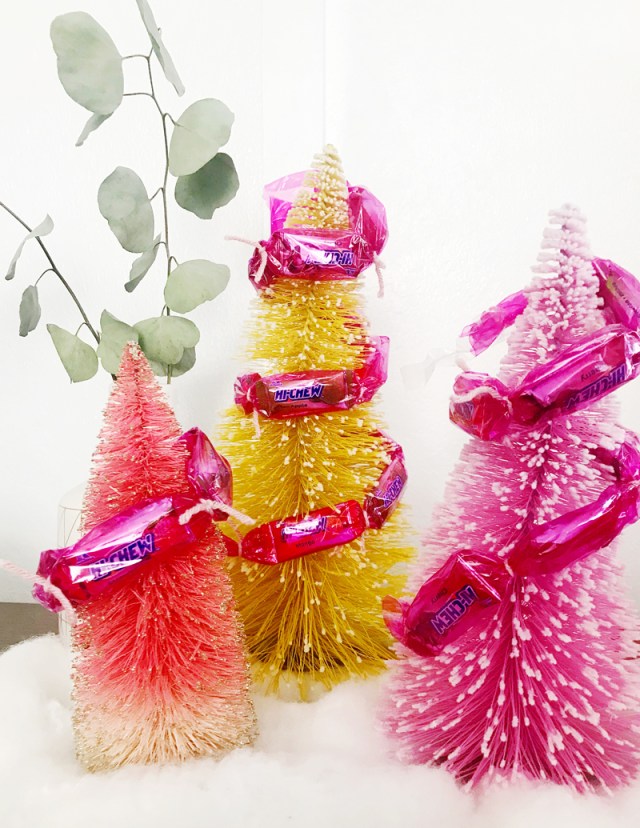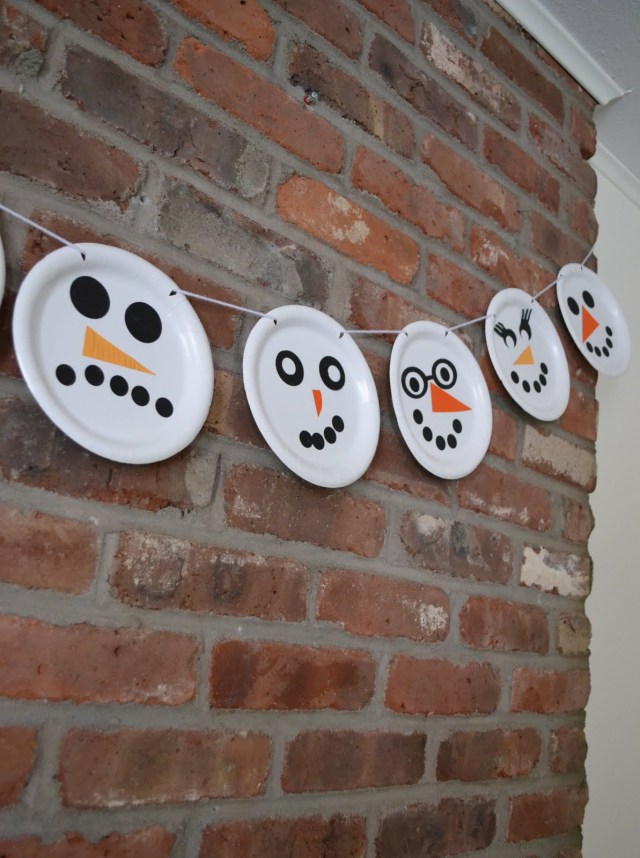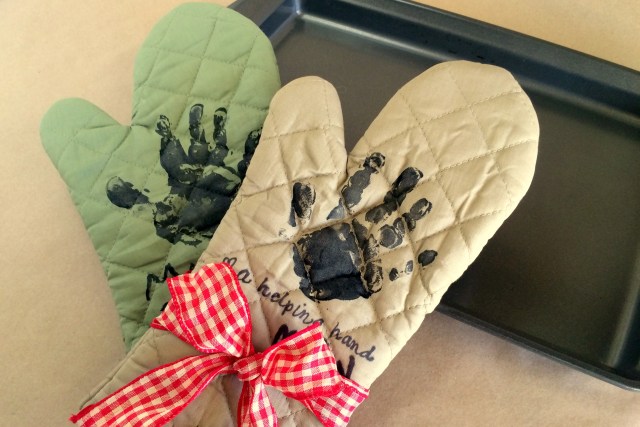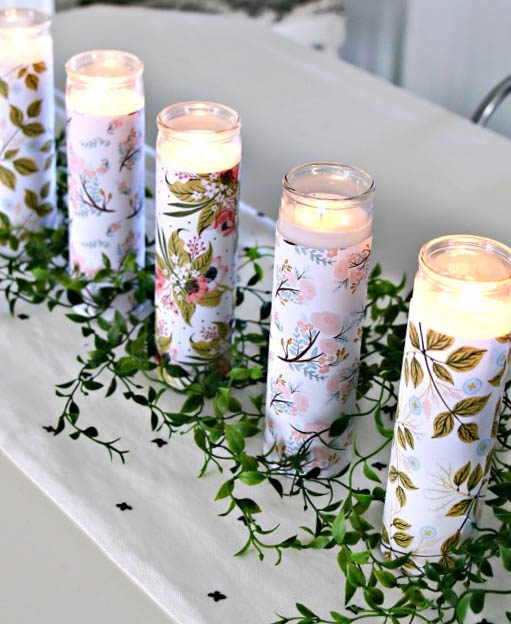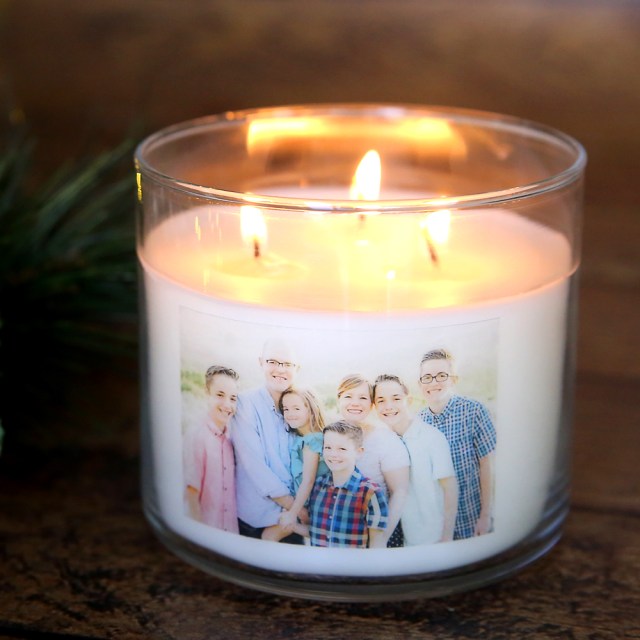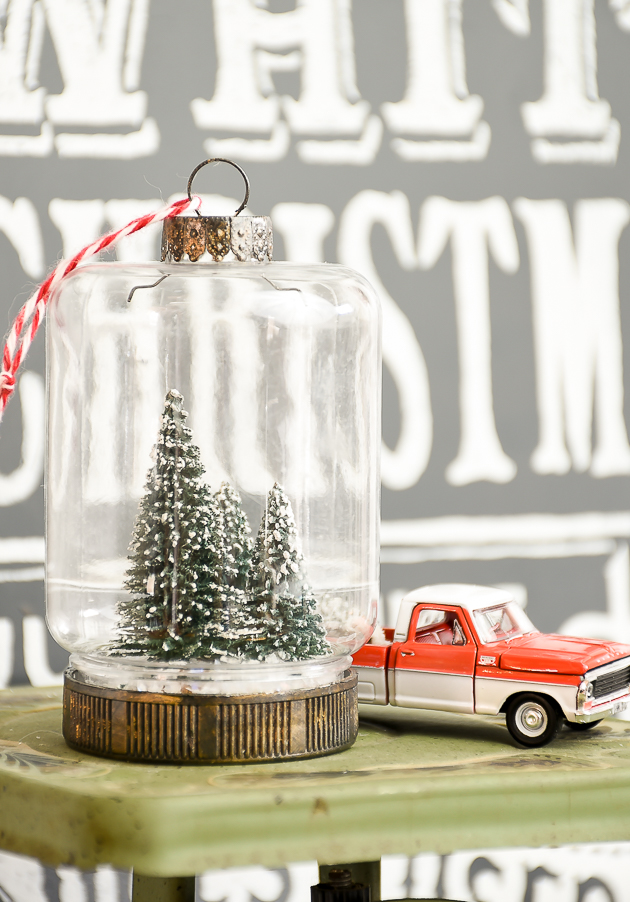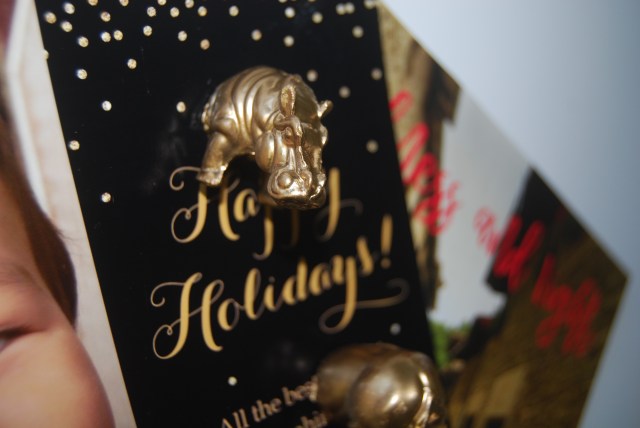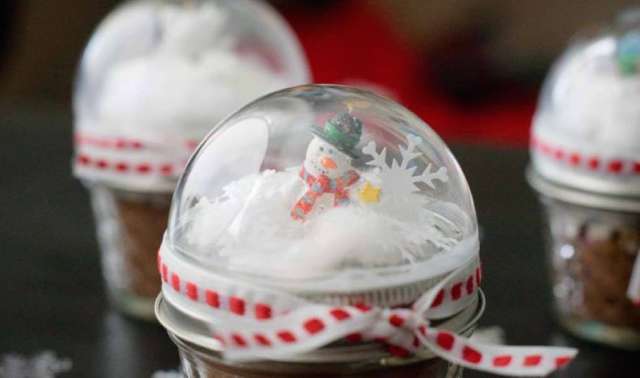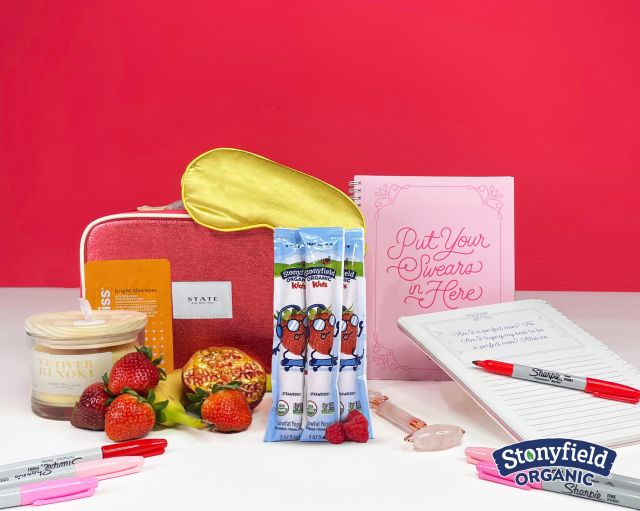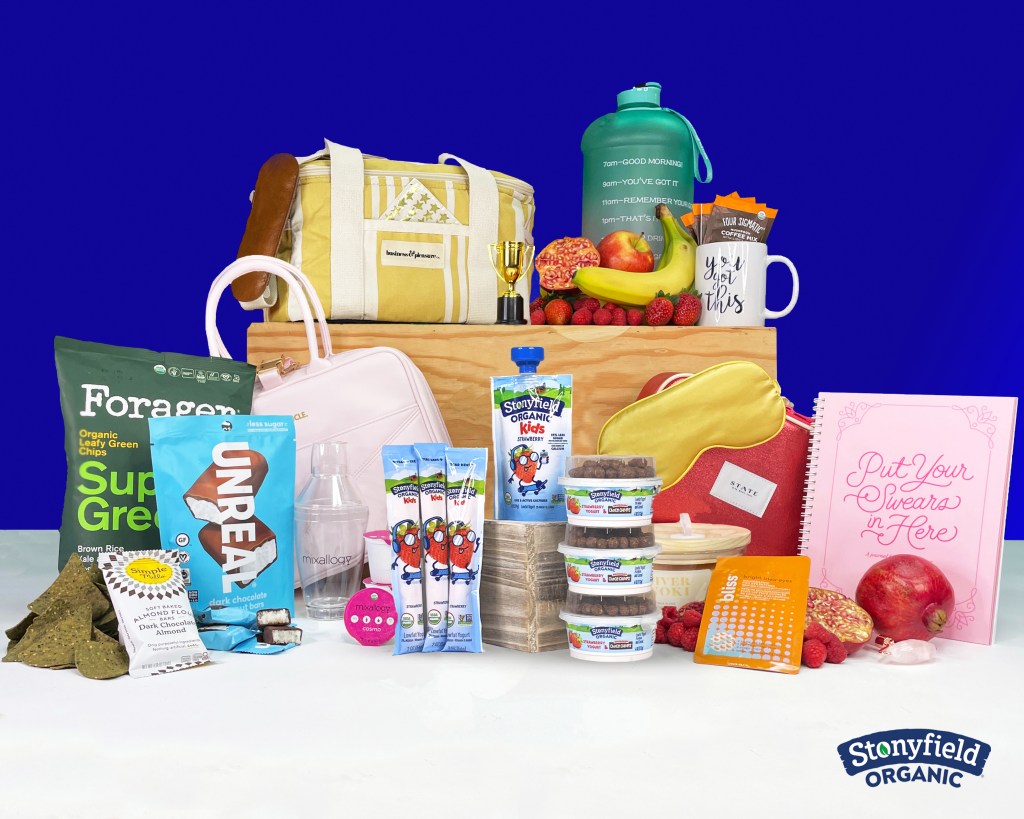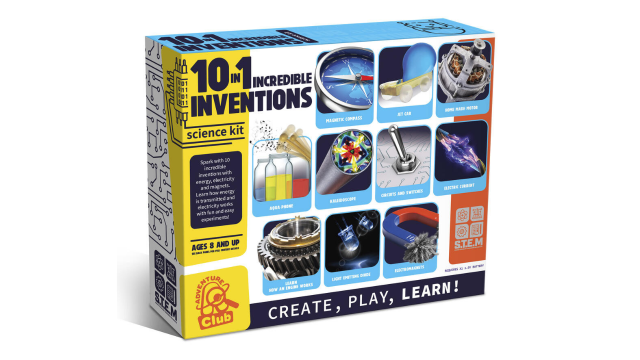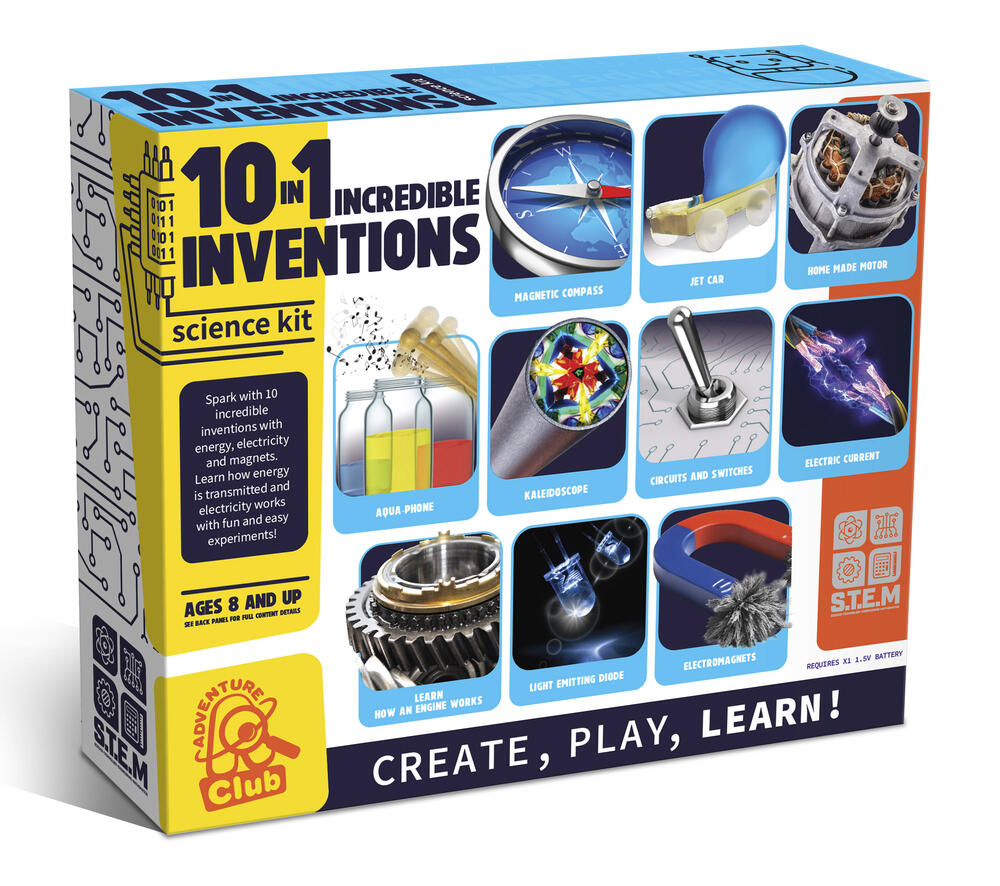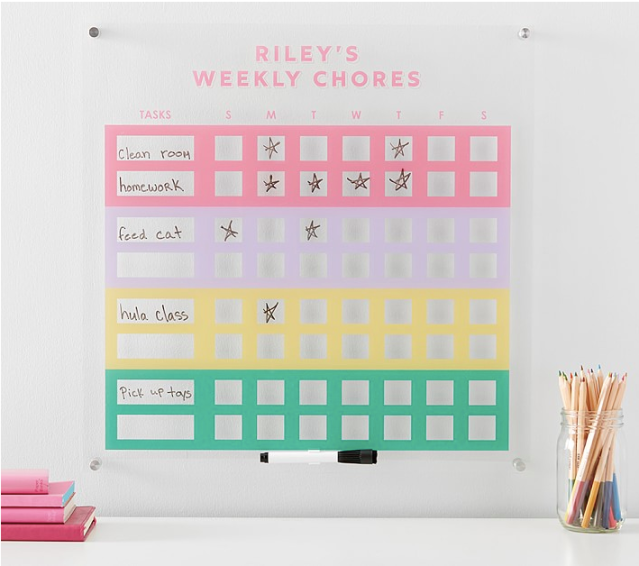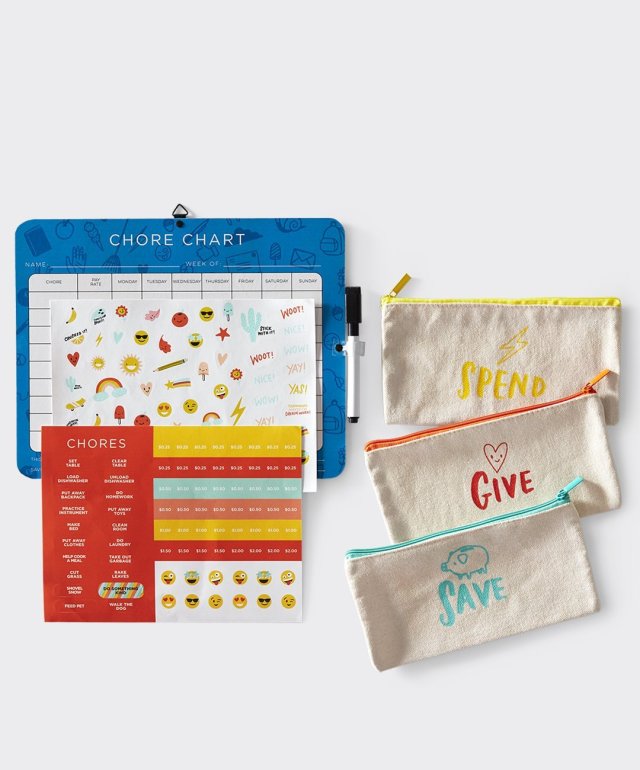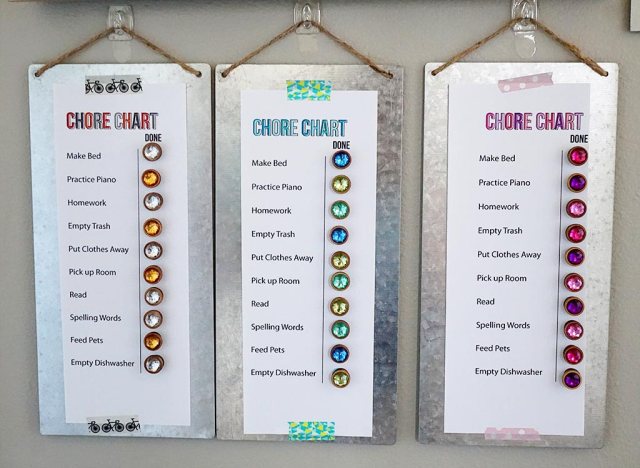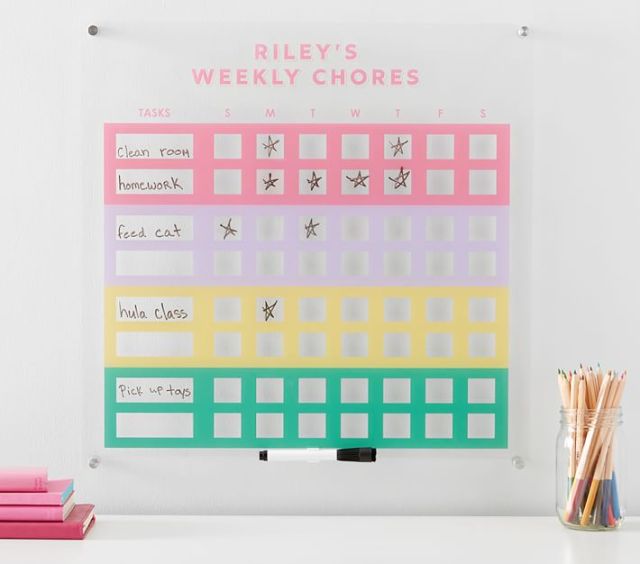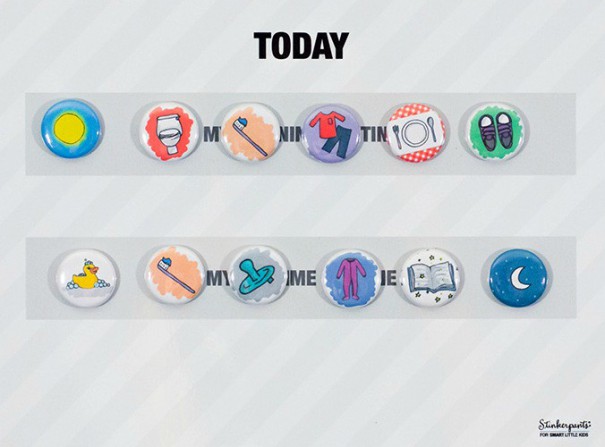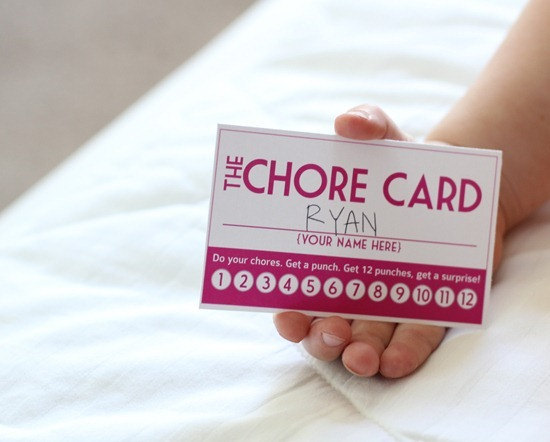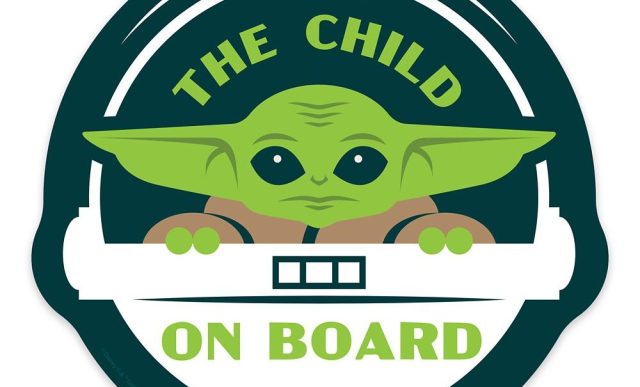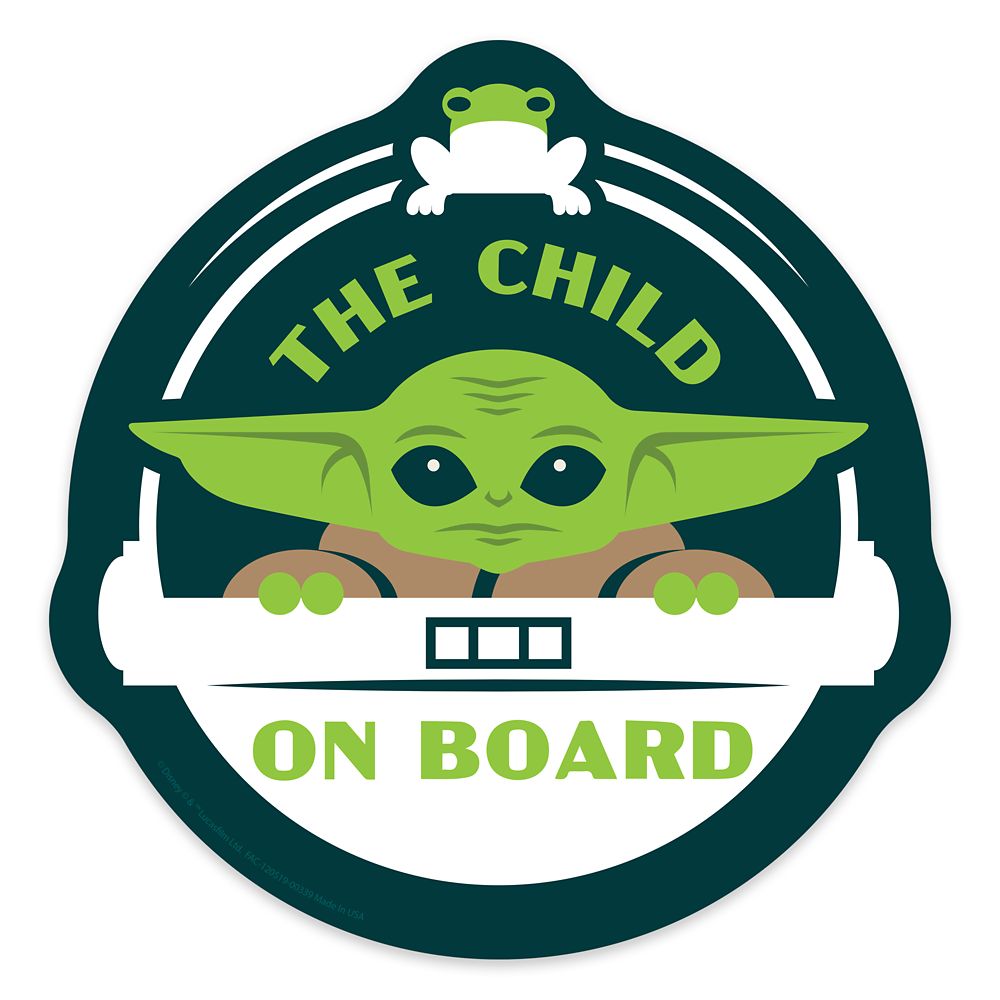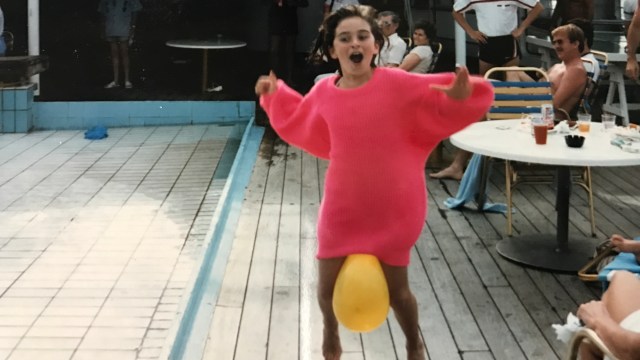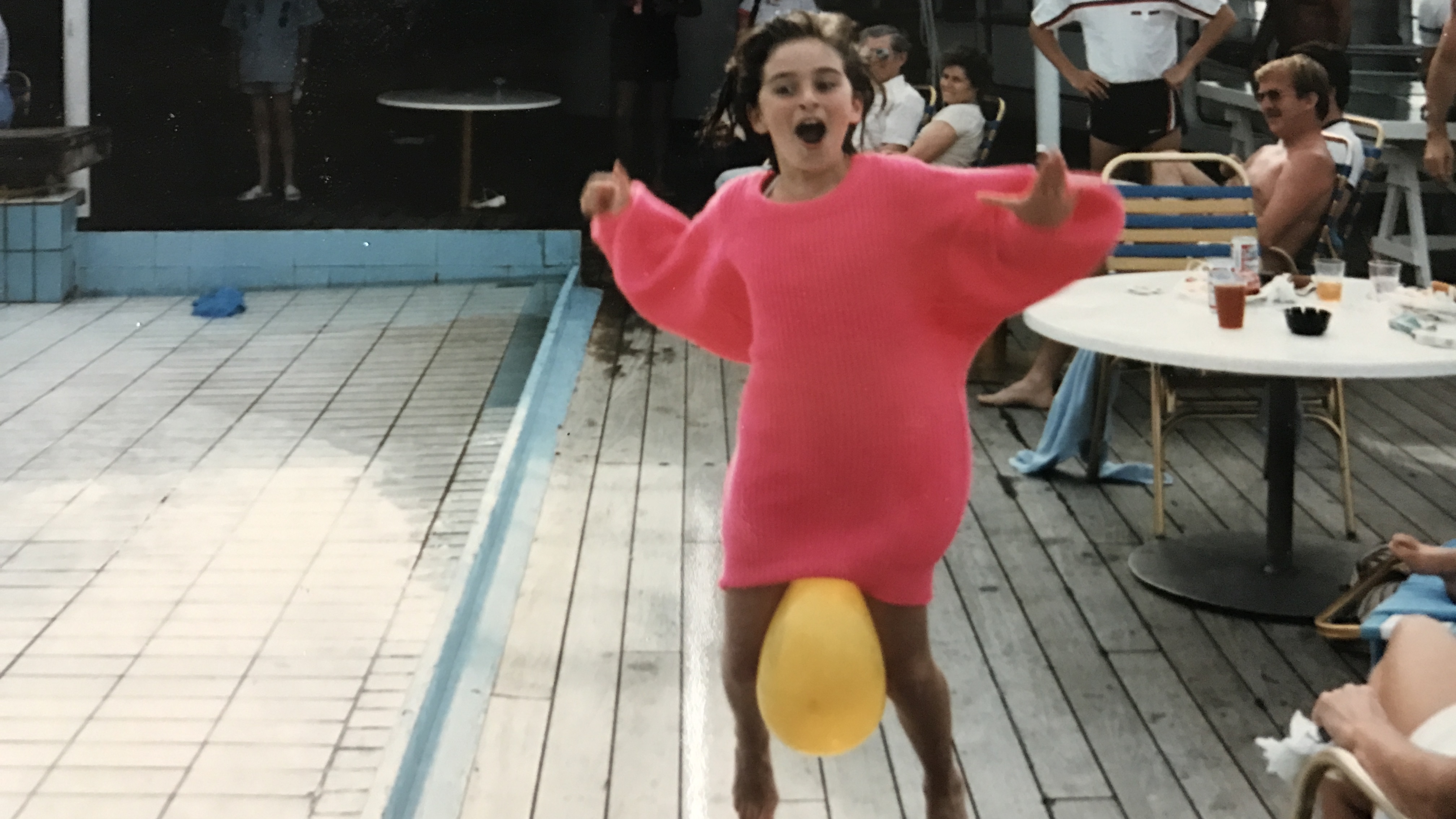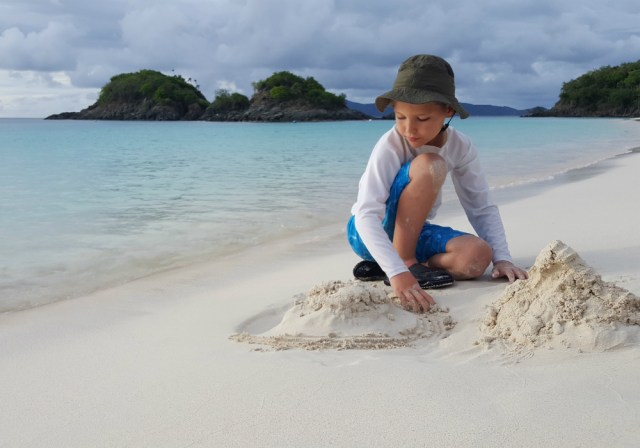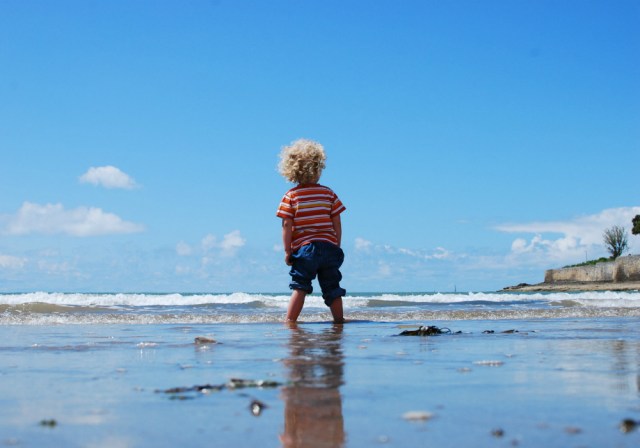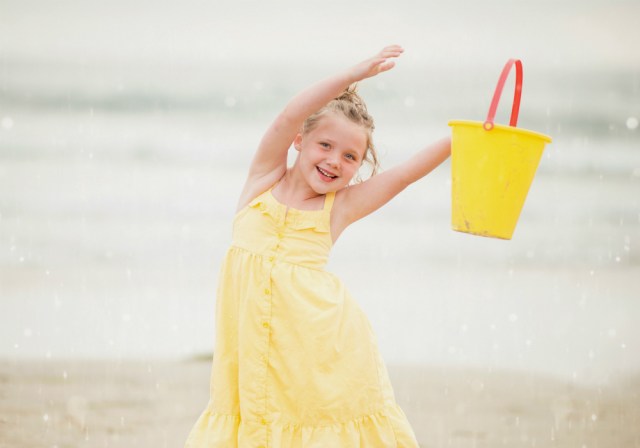Kids are dirty little beings. It’s a fact. I’m pretty sure that my 5-year-old is some sort of magical dirt magnet—as soon as he is dressed in the morning, his shirt is instantly covered with some mysterious stain or goo. I worry that his teachers think that we do not wash his clothes since he often arrives at school with a uniform shirt smudged in slime. Apart from changing his clothes in the minivan upon arrival at school, I’m at a loss for how to avoid this situation.
So—I’ve decided to embrace it. My kids are dirty. Even my 8-year-old girl is dirty. With summer coming, the dirt factor is only going to increase.
Secretly, I love it.
It means that they are getting down, getting dirty and really PLAYING. Like kids should do! Like we used to do before WiFi and OnDemand.
We were recently at a family festival where there was a bin of dirt with worms in it for kids to dig in and explore. My three little dirt-mongers LOVED it. They could not get enough of it. They soon passed up the mini rakes and shovels to dig with their bare hand to find all the slimy friends buried below.
I was saddened to see so many parents trying to steer their kids away from the bin of worms. “Ewwww!” and “gross!” were often uttered. By the adults. Did they not know the magic that the worm contains? The joy that crosses a child’s face when their worm slithers and squirms across their hand? That’s really when kids learn. They learn how the worm moves by squeezing and contracting its muscles. These are things we can’t truly see by reading a book or watching a video on YouTube. You have to feel it with your hands.
I wanted to tell the parents to embrace the worms. To allow their little ones to get a little dirty and just see what happens. The opportunity to be eyeball level with an amazing creature like a worm is very limited. Our kids are learning from us so how about we put aside our notions of what is dirty and “gross” and just let our kids explore for themselves.
This is especially true for our girls. They are held to a higher, cleaner standard. But why? Why must they sit with their ankles crossed while the boys get to have all the fun exploring? Playing in the outdoors is great for both body and mind—it develops creativity and physical skills like balance and coordination, and gives us a glimpse of the world beyond just us. It shows us how small we are on this big planet. Aren’t these good lessons for our girls to learn too?
Take this summer to embrace the dirt, or better yet, revel in it! See what fun can come when you let the kids get a little dirty. Go on a hike. Spend the night camping in your backyard. Splash in a stream. See what bugs are buried under your garden stones.
You may be surprised by what fun you have!
